The Unspoken Etiquette of School Bus Life
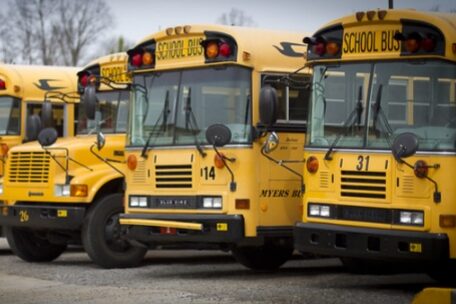
Riding the school bus was more than just a way to get to school; it was a daily ritual filled with its own unique culture and unspoken rules. These unwritten guidelines helped kids navigate the social maze, avoid conflicts, and make the ride more fun and comfortable for everyone. Let’s dive deeper into 15 unwritten rules that every kid instinctively followed on the school bus, bringing back memories of those lively rides.
1. The Front Seats Are for the Cool Kids
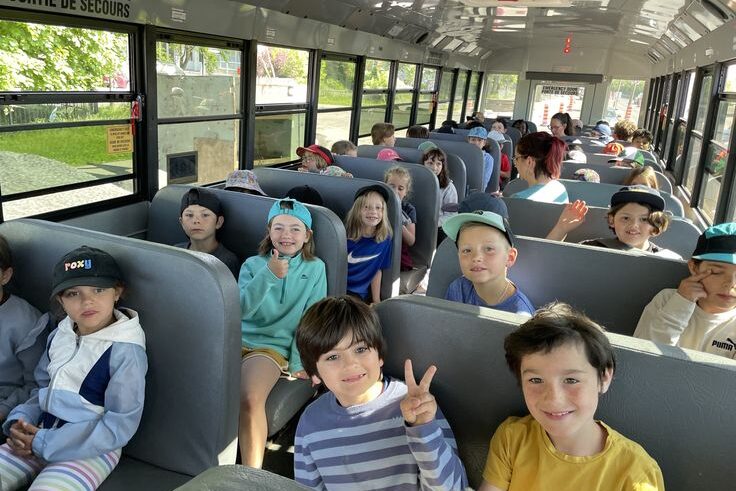
The front seats on the bus were like the VIP section. Kids who sat there were often seen as leaders or trendsetters, and getting a spot up front was a small victory each morning. It wasn’t just about the view; it was about status. Once you claimed a front seat, you defended it fiercely, and it became part of your identity on the bus. Meanwhile, Minnesota New County added that the back seats were notorious for being louder and more chaotic. The kids who loved to joke around or cause a little mischief gravitated there. This natural seating arrangement created a social map without anyone having to say a word, shaping how friendships and hierarchies formed on the bus.
2. Don’t Talk to the Bus Driver Unless Absolutely Necessary
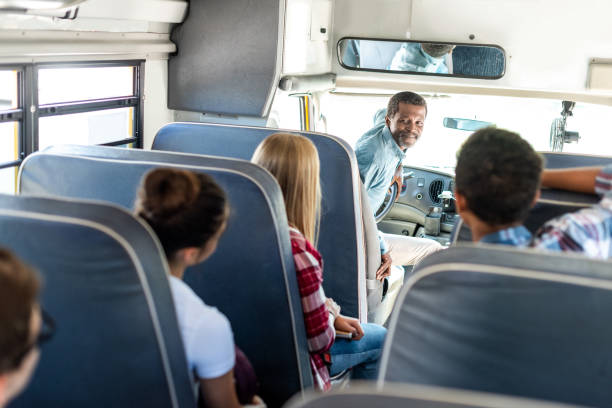
The bus driver was the adult authority figure, and kids knew that bothering them with constant questions or chatter was off-limits. The rule was simple: keep interactions polite and brief. This helped the driver focus on the road and kept the bus ride safe. This quiet respect wasn’t just about rules; it was a shared understanding that the driver’s job was serious. Kids learned early on that distracting the driver could lead to warnings or losing their favorite seat, so they kept their conversations mostly to themselves or their friends. According to Chase, these driving distractions can also lead to road accidents especially if a driver has to take his eyes off the road.
3. No Fighting or Shoving Allowed
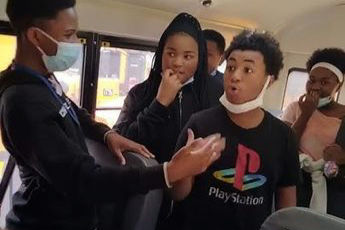
Space on the bus could get tight, and tempers sometimes flared, but outright fighting or shoving was a strict no-go. If things got physical, it almost always ended with a stern warning or a trip to the principal’s office. Kids learned to manage their frustrations with words or jokes instead of fists. This rule helped keep the bus ride safe and prevented injuries, making sure everyone could enjoy the trip without fear of getting hurt. A research by School Bus Fleet noted that this form of self-discipline in kids at an early age is crucial in order for them to develop self-regulations and self-competency.
4. Share the Window Seat
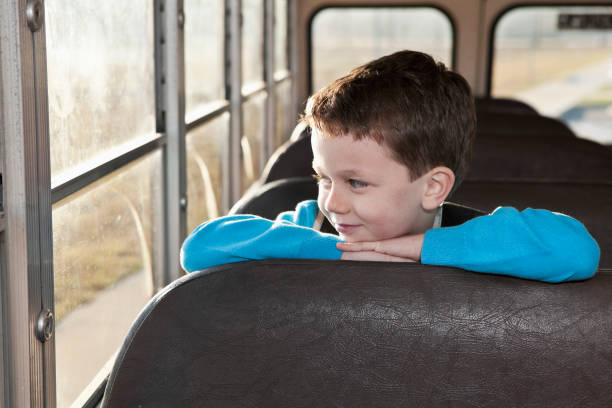
The window seat was the prized spot for the view and the chance to lean against the glass or rest on the edge of another seat and watch the view. When two kids sat together, it was understood that the one by the window got the best view, but sharing was common if a friend needed a place. Headstart.gov opined that this rule was about fairness, kindness, and the need to encourage safe behavior on buses. Kids knew the window was special, but they also knew that sharing made the ride more fun for everyone. It was a small gesture that helped build friendships and made the bus feel like a community.
5. No Eating or Drinking Unless the Driver Says So
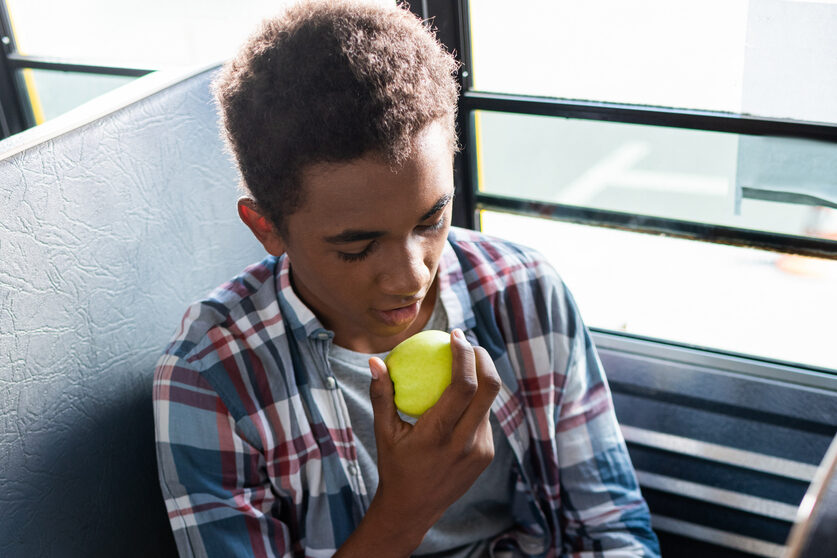
Eating on the bus was usually off-limits. Crumbs and spills could make the bus messy and uncomfortable for everyone. Kids waited until after they got off to snack, unless the driver gave special permission on longer trips. This rule kept the bus clean and reduced distractions. It also avoided arguments over food smells or sharing. Kids respected this boundary, understanding it made the ride better for all passengers.
6. Keep Your Voice Down When Passing Quiet Zones
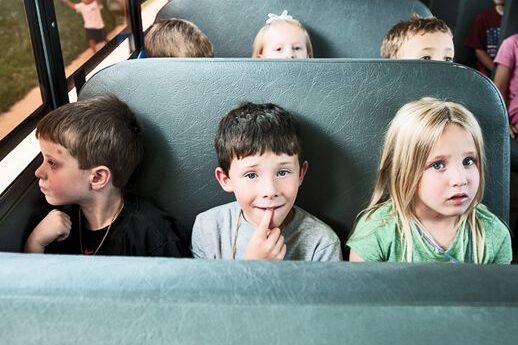
Some neighborhoods had quiet zones where the bus was expected to be extra silent. Kids knew to lower their voices and avoid loud noises in these areas, often near hospitals or senior homes. Following this rule showed respect for the community and kept the ride peaceful. It was a subtle but important part of being a considerate rider, even if it meant stifling some excitement.
7. Don’t Save Seats for Friends Who Aren’t There
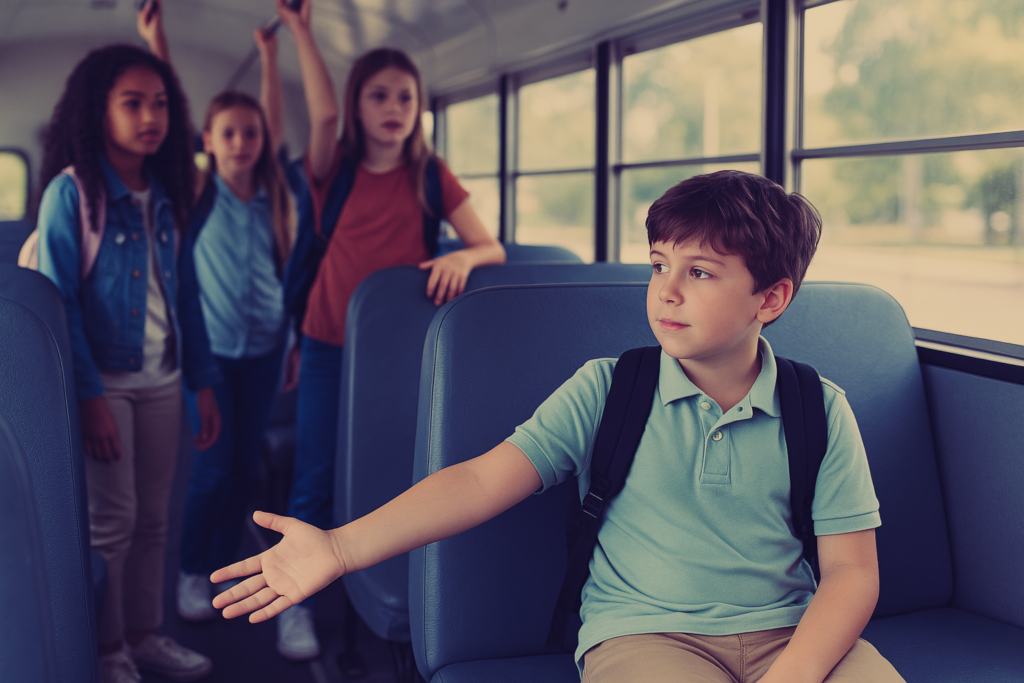
Saving seats for friends on the school bus was generally discouraged, as it could lead to disputes and delays. Instead, seating was often allocated on a first-come, first-served basis, ensuring a smooth and fair boarding process. This unwritten rule taught kids the value of patience and flexibility, reminding them that everyone deserved an equal chance to secure a desirable seat.
8. Respect Personal Space, Even on a Crowded Bus
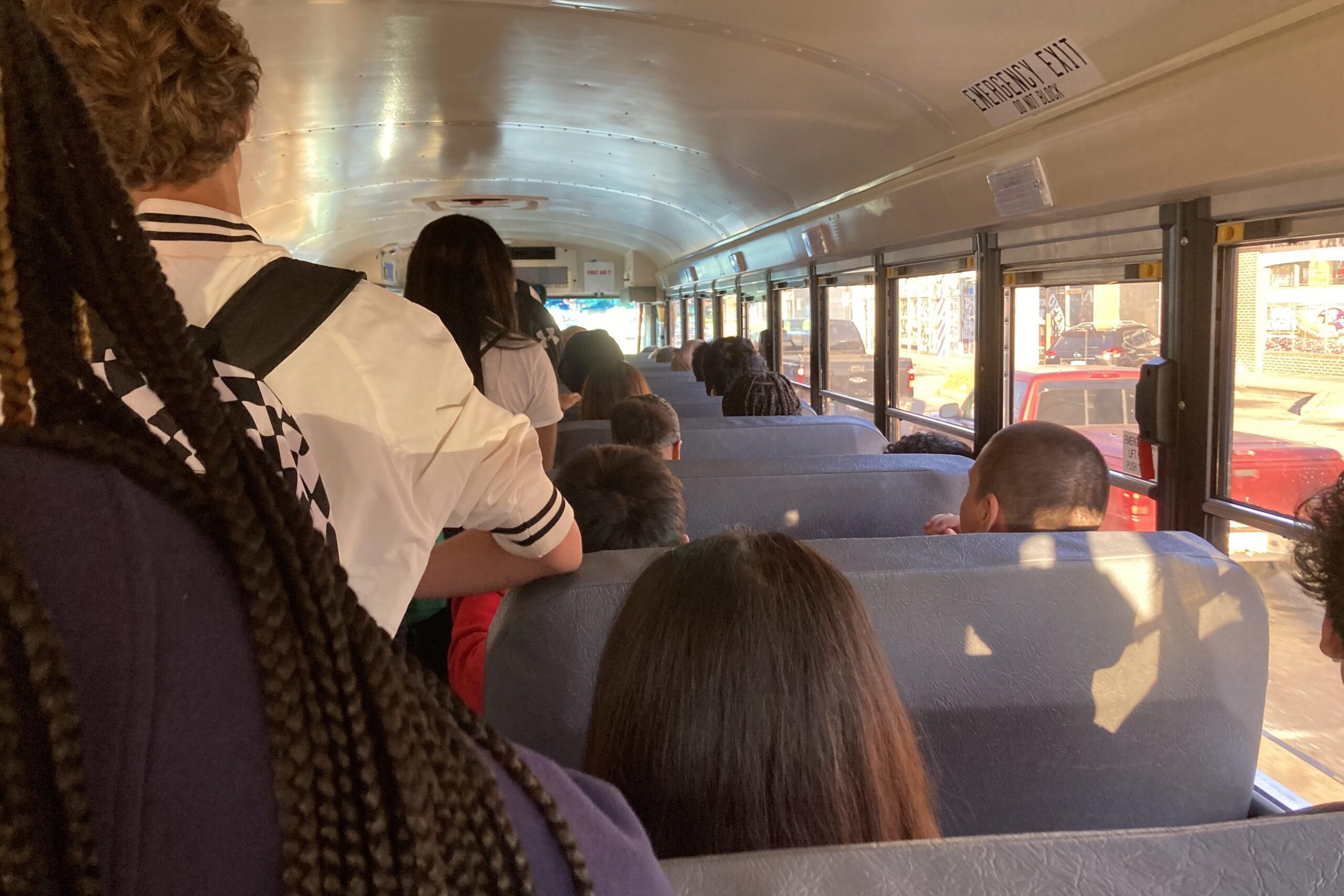
Even when the bus was packed, kids tried to respect each other’s personal space. Leaning on a friend was fine, but poking or crowding someone was not. This rule was about comfort and respect. Kids understood that a little space made the ride less stressful and more enjoyable for everyone.
9. No Bullying or Picking on Younger Kids
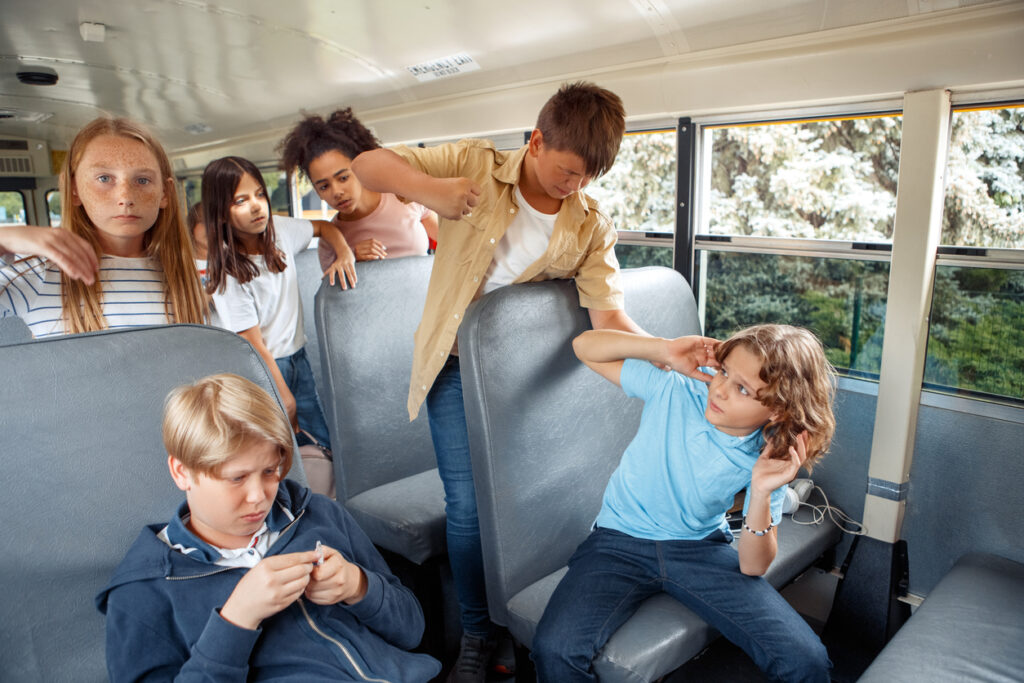
Older kids had an unspoken responsibility not to bully younger ones. While teasing was common, outright bullying was not tolerated and could lead to serious consequences. This rule helped create a safer, friendlier environment. It reinforced respect and kindness, making the bus a place where everyone felt welcome.
10. Wait For Your Turn to Get Off the Bus
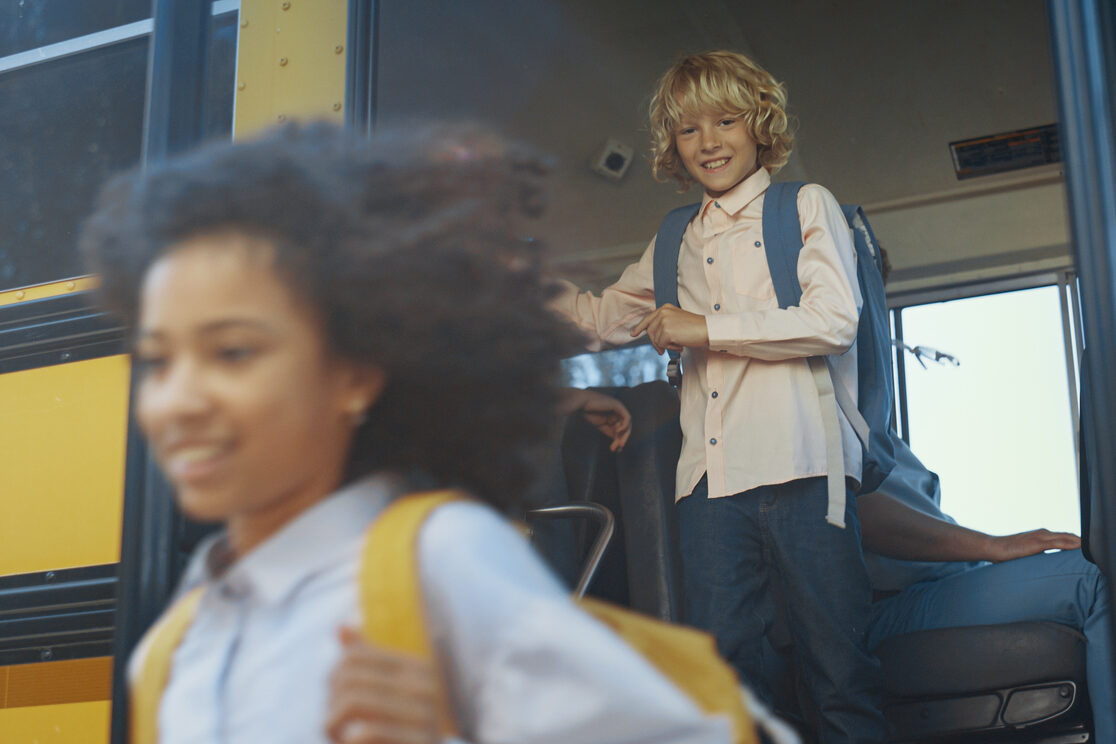
When the bus stopped, kids waited their turn to get off, usually starting from the front. Pushing or rushing was discouraged to keep things safe and orderly. This final rule wrapped up the ride smoothly. It showed patience and respect, ending the bus journey on a positive note. These unwritten rules created a shared culture that made the school bus more than just transportation, it was a place where kids learned respect, kindness, and community. They weren’t written down anywhere, but every kid just knew them.
If this brought back memories, feel free to share your own school bus stories or favorite rules in the comments below!


